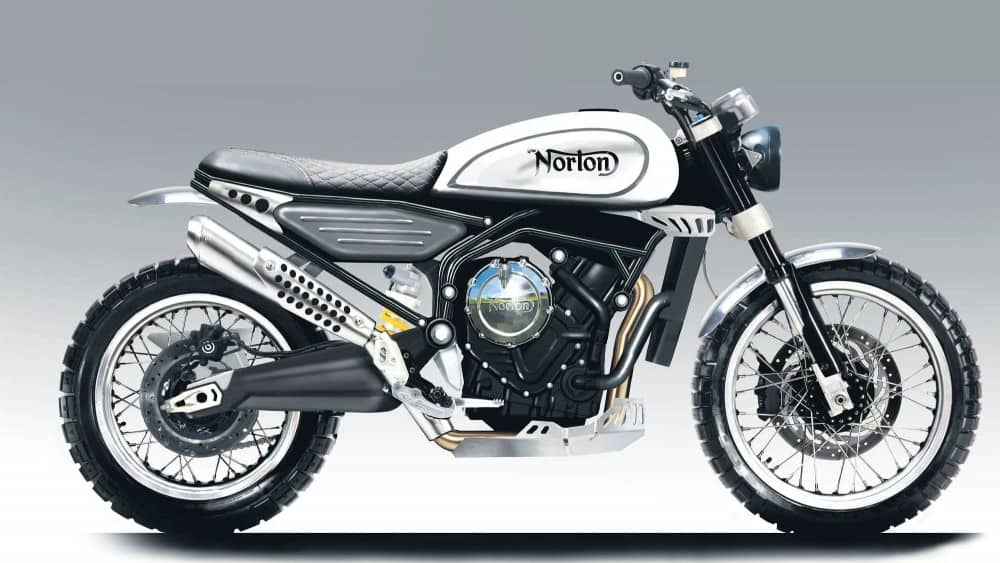Well, it is has been a while since I have heard anything much about Norton as of late, the Commando range didn’t really seem to take off, but the price range I am sure was a massive factor when it came to that, its all about price tagging and making classic Iconic names affordable these […]
Tag Archives: 650
I was reading my MCN today and at Last Norton are contemplating creating a 650 Scrambler and I think this will be a great opportunity for Back home and worldwide. I’d love to hve a Norton Dual Sport, a very fun and ergonomic machine that would be something to see for sure, so keep your eyes […]
Rob Rhind Tutt started making his RT3 frames in the early sixties. They were produced in motocross and road race variants and were a contemporary of the Rickman Mk 3 scrambles frames. They look very similar to each other due to the fact that the fiberglass fuel tanks mudguards and saddle/airbox units were designed and manufactured by the same […]
My friend Dan’s pickup truck rattled to a stop near a dusty bungalow in Shadow Hills, a neighborhood on the north side of Los Angeles, tucked up under the 210 freeway, with an inexplicably rural/small-town vibe. The door of the two-car garage was open. Maybe that was part of why it didn’t feel like L.A. […]




